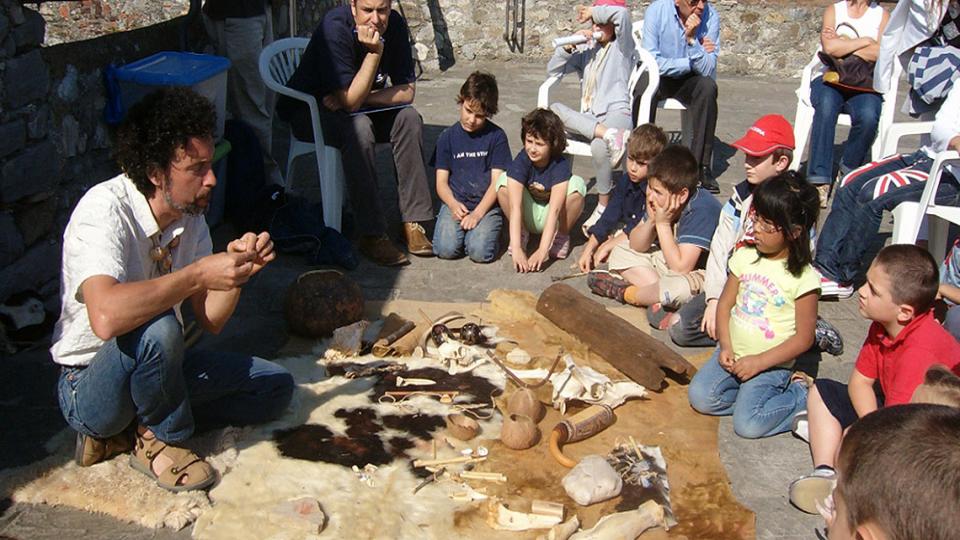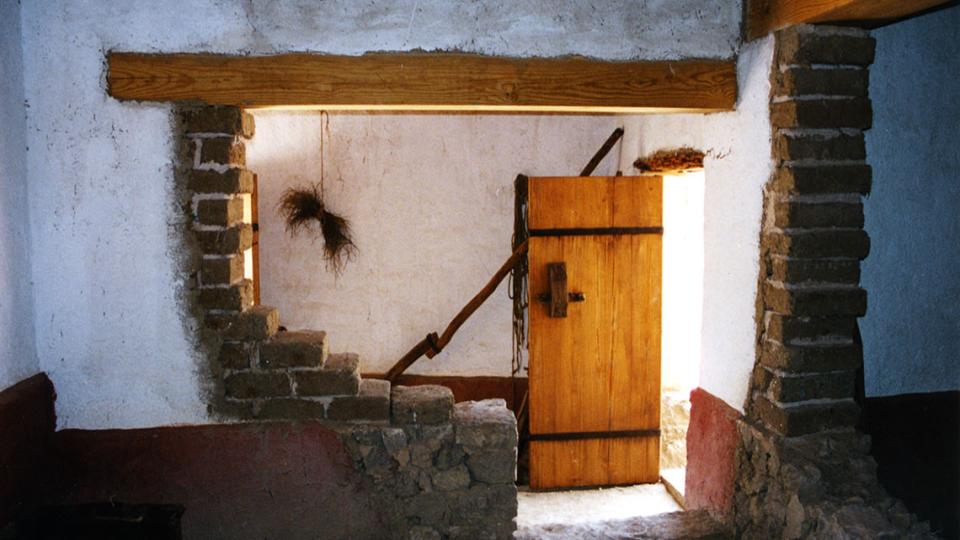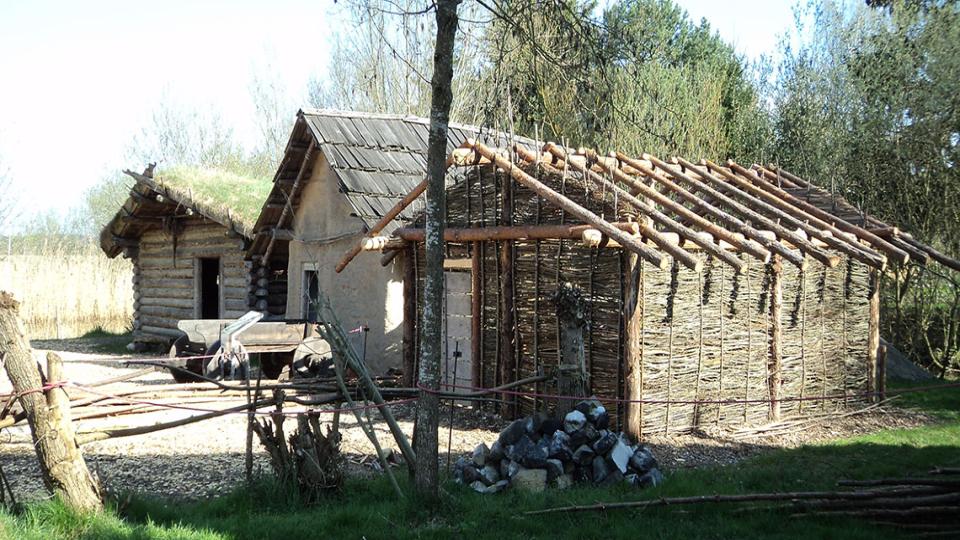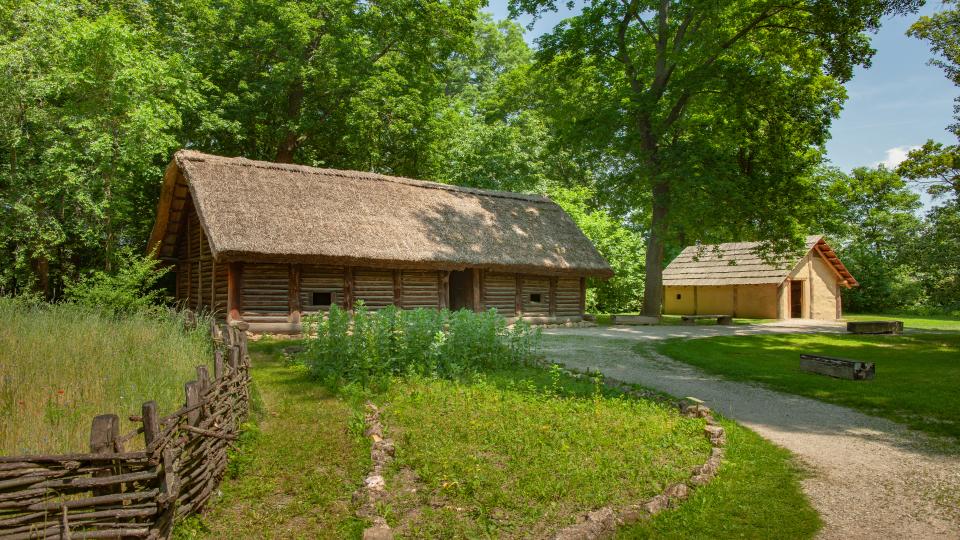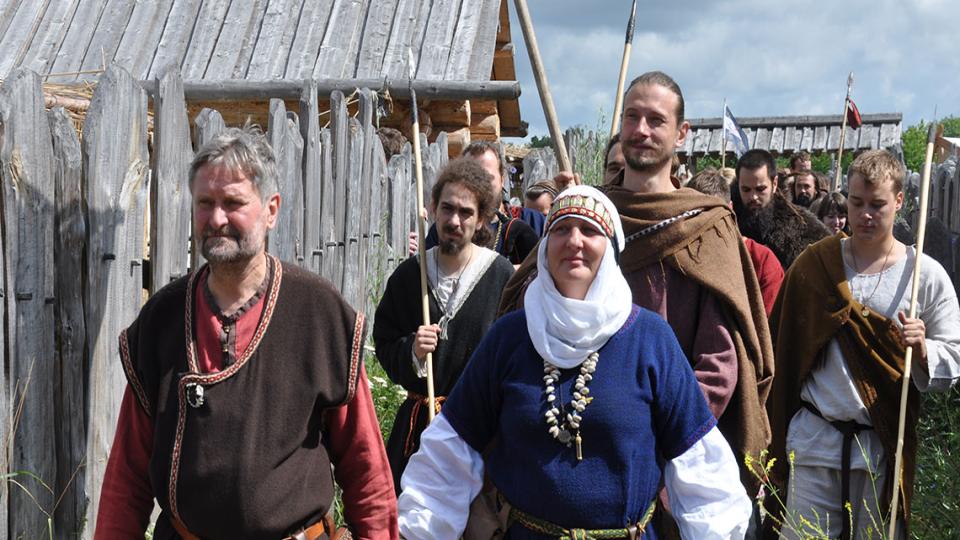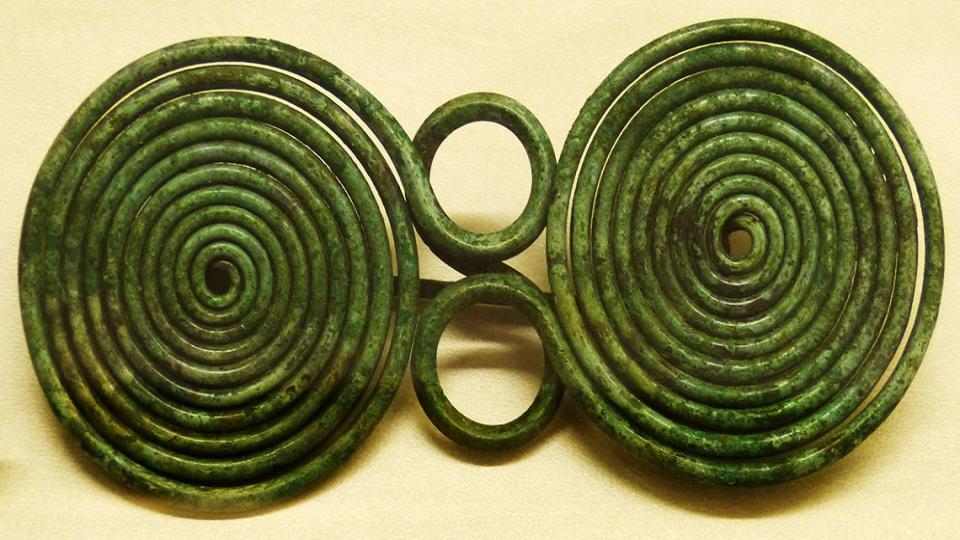Chalcolithic
Could I find something in my area as well (CH)?
Maybe! Old objects often are hidden deep under the present surface. To get to them, we need help from dredgers and the work of several archaeologists. However, in seldom cases there are objects which one can find at the surface. Those could be freed by the water or transported to the surface by the farmers' plough. Good luck in your search!
Why are the objects found below the earth surface (CH)?
When in the past a settlement was abandoned by the inhabitants, the left much garbage behind like pottery, bones or tools and the remains of their wooden houses...
Where do the archaeological finds come from (CH)?
Archaeologists found the items below the present ground level during archaeological excavations. Some of the exhibits are so called 'stray finds', meaning loose finds, found by chance. Often these are objects which were found during construction works or moved to the surface by the plough of a farmer.
How many people lived in the Netherlands in prehistory (NL)?
Estimations of population numbers in the Netherlands in prehistory are based in information from ethnography, burial places, traces from settlements and many assumptions...
Museo Archeologico Castello San Giorgio (IT)
The Museo Archeologico is hosted in the Castle of San Giorgio, the monument which best represents the historical vicissitudes of La Spezia. The lower floor of the castle houses exhibits pertaining to the life of the territory from the Pleistocene age up to Romanisation.
Museu de Prehistòria de València (ES)
The Museu de Prehistòria de València is a scientific institution dedicated to preserving, researching and disseminating the archaeological prehistoric heritage of the province of Valencia. It is a cultural resource of the Valencian society in so far it preserves his heritage; it contributes to the enhancement of its cultural level and its integral development.
Federseemuseum (DE)
Federsee is situated about 100 kilometres south of Stuttgart and 60 kilometres north of Lake Constance. This small lake is the remains of a large basin which slowly turned into land over the past 14,000 years. The peat area covers about 33 square kilometres. The village Bad Buchau has for a long while been a spa.
MAMUZ Schloss Asparn/Zaya (AT)
Lower Austria (Niederösterreich) is located in the northeast of the country, bordering both the Czech Republic and Slovakia. It has over 1.5 million inhabitants. Vienna, the capital of Austria, is a separate state and located in the middle of Lower Austria. The state is very rich in archaeological finds, both of local and foreign production.
State Cultural Reserve of Kernave (LT)
Kernavė (Širvintos district, Lithuania) is an area of unique archaeological and historical value. In 2004 Kernavė Archaeological Site (the State Cultural Reserve of Kernavė) was declared as UNESCO World Heritage Site, thus recognizing the importance of the area according to the criteria:
- the archaeological site of Kernavė presents an exceptional testimony to the evolution of human settlements in the Baltic region over the period of some ten millennia. The property has exceptional evidence of pantheistic and Christian funeral traditions;
- the settlement patterns and the impressive hill-forts represent outstanding examples of the development of such types of structures and the history of their use in the pre-Christian era.
Prähistorische Abteilung des Naturhistorischen Museums (AT)
The Natural History Museum of Vienna holds some of the most remarkable prehistoric finds. In display halls covering 8.700² metres the visitor can travel through our planet's history, through the breathtaking diversity of nature and back to the origins of our culture.

